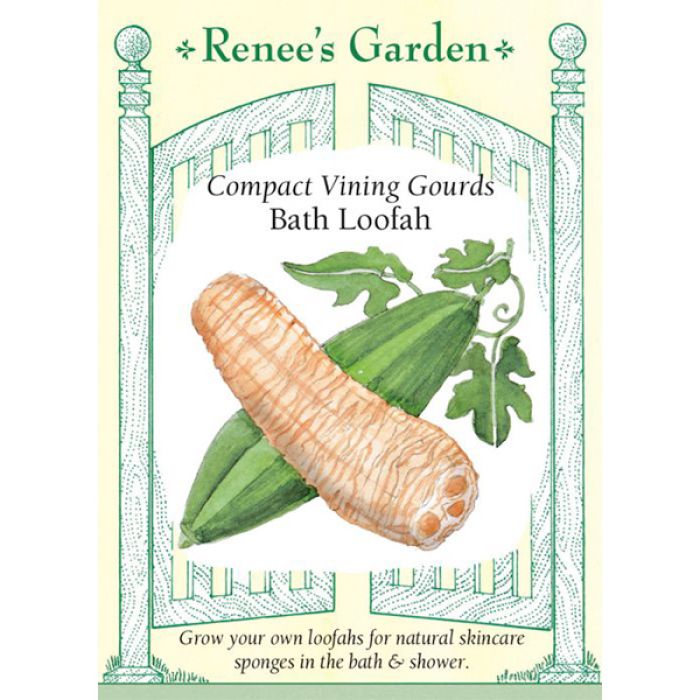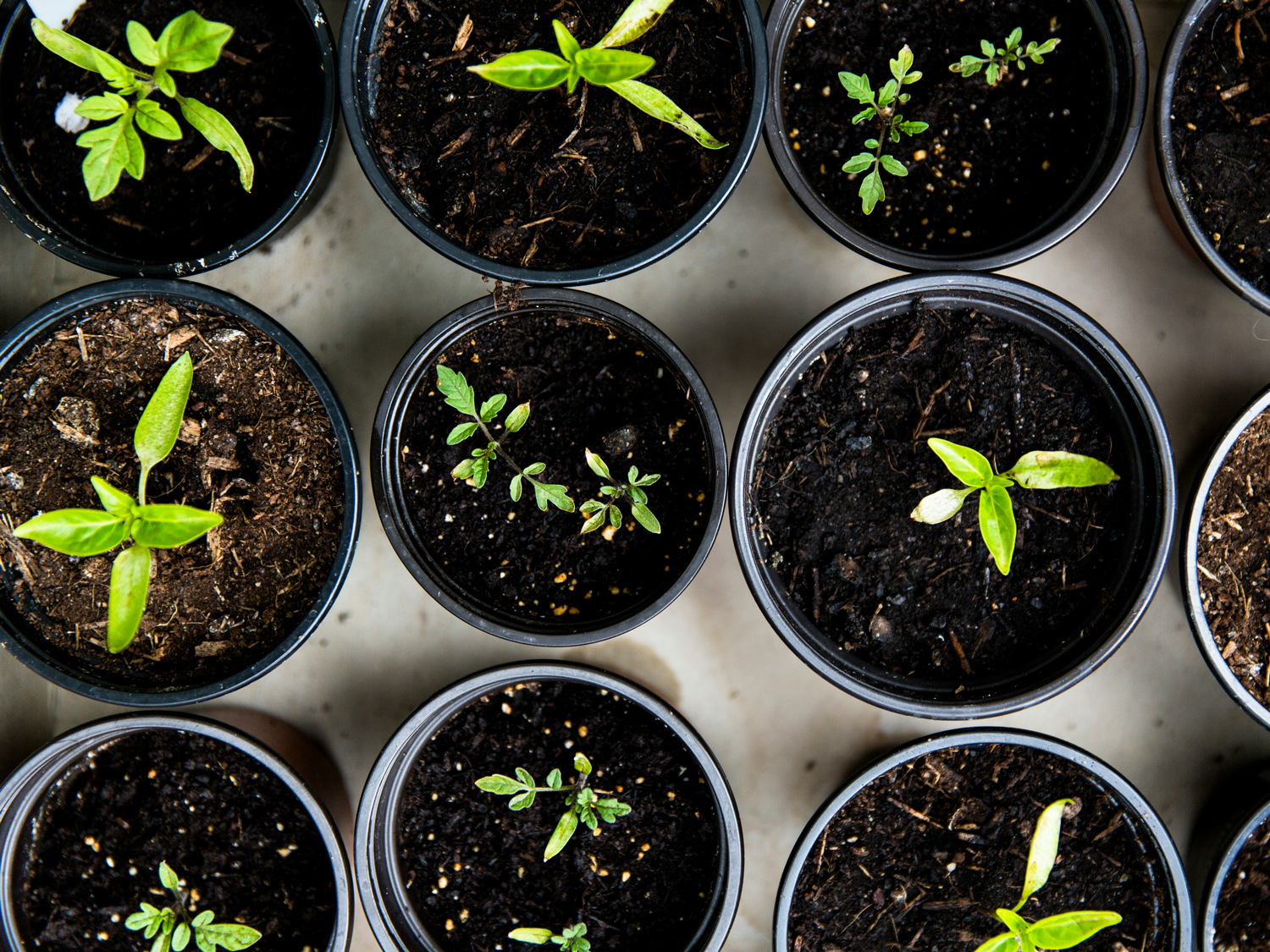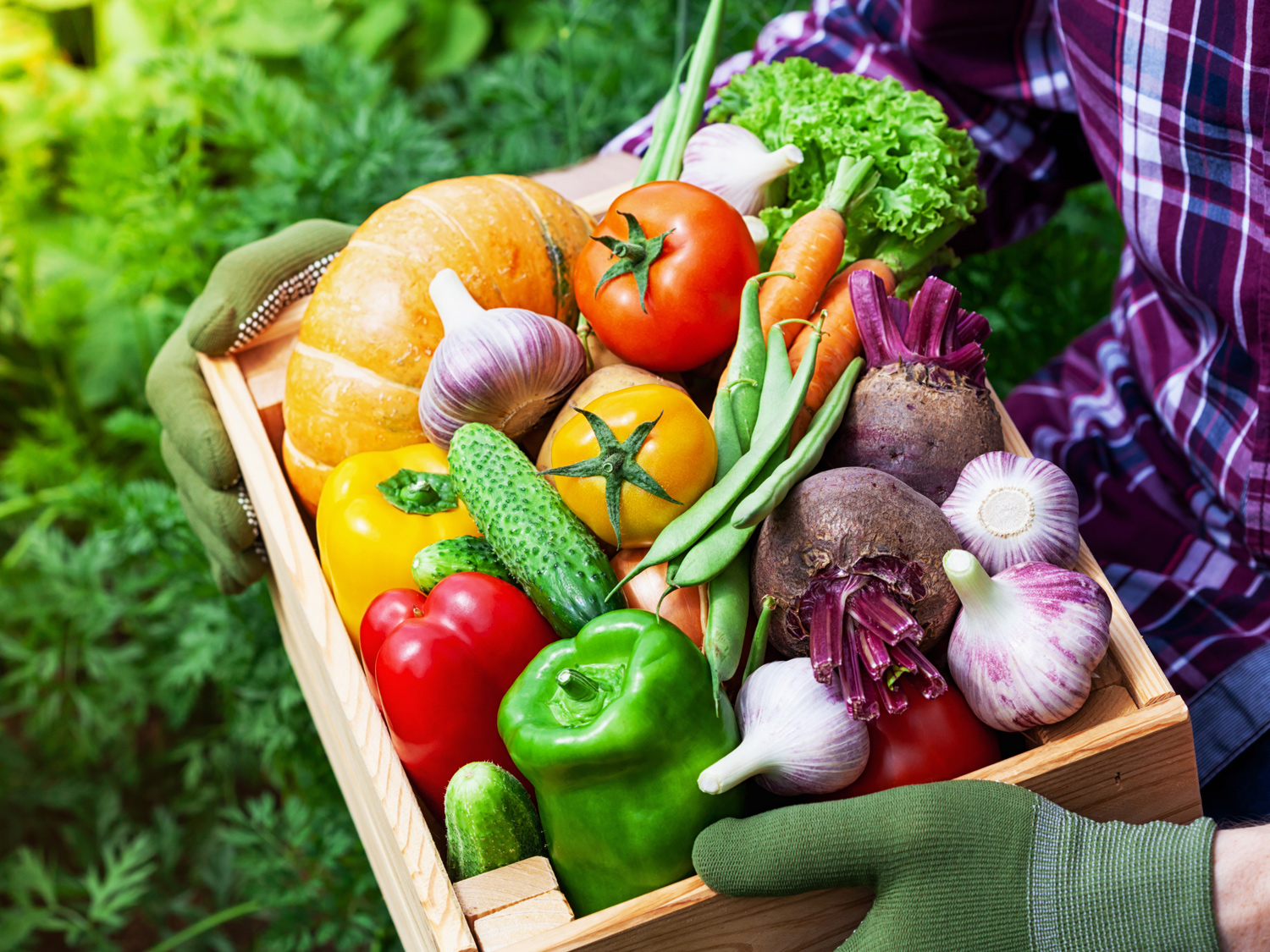Luffa, Gourd, Bath Loofah ~ 25 seeds


Out of stock
Temporarily Out of Stock- Sun Preference
- Full-Sun
Description
Loofahs are members of the gourd family, originally from China. These handsome trailing vines can be grown on a fence or trellis or allowed to ramble at garden edges. Growing loofahs look like wrinkly big cucumbers. At seasons end, when dry and mature, the rinds are simply peeled, revealing their sponge-like fibrous interior. Loofahs make marvelous skin scrubbers for stimulating circulation and improving skin tone in the bath or shower. Home grown Loofahs make wonderful holiday gifts!
Seed Starting Successfully
Start your garden from scratch with Gertens' wide variety of seed packets! Whether you're a seasoned gardener or just starting out, we have seeds for every skill level and garden size. From colorful flowers to delicious vegetables, our seeds are carefully selected for their quality and performance.
Details
Plant In: April - June
Sun/Shade: Full sun
Planting Depth: 1 inch deep
Space Seeds: 12 in. apart
Days to Germinate: 7 - 10 days
Days to Harvest: 110 days
BEST TO START INDOORS
Several weeks before last spring frost, sow seeds 1 in. deep in individual pots of seed starting mix. Keep warm and moist and provide a strong light source. When seedlings are well established and nights stay above 55°F (13°C), acclimate to outdoors. Transplant at sunny garden edges to ramble, or 12 inches apart along a sturdy fence or trellis to climb and form a lush canopy.
START SEEDS OUTDOORS
Start seeds outdoors only after night temps stay above 55°F (13°C). In full sun, sow 2 or 3 seeds 1 inch deep in groups spaced 12 inches apart and 4 inches from vertical supports. Thin to 1 or 2 strongest seedlings per group.
GROWING NOTES
Loofahs need full sun, very rich, fertile soil and warm temperatures. For earliest and best yields, hand-pollinate gourds: pick a blooming male flower and dust pollen onto fresh female flowers (the ones with small fruits at the base). Repeat as new flowers appear. Pollinated fruits start growing larger within several days.
HARVEST AND USE
Harvest when loofahs are fully matured with brown and dry outer rinds, are very light for their size, and seeds rattle inside. Peel off the dark outer rind, exposing the fibrous honeycomb sponge-like interior. Cut open end to shake out seeds. Finish by soaking loofahs for an hour in a weak bleach solution (10:1) to whiten and brighten color. Rinse thoroughly and air dry. Use in everyday skincare as a natural sponge, skin, buffer and exfoliator.
More Information
| Brand | Renee's Garden |
|---|---|
| Seed Packet Type | Vegetables |
| Common Family Name | Gourd |
| Sun Preference | Full-Sun |
| Deer Resistant | No |
| Harvest Time | Fall |
| Plant Life Cycle | Annual |
| Spacing in Row | 2-3 seeds 12", thin to strongest seedling |
| Planting Depth | 1" |
| Days to Germination | 7-10 days |
| Days to Maturity | 110 days |


